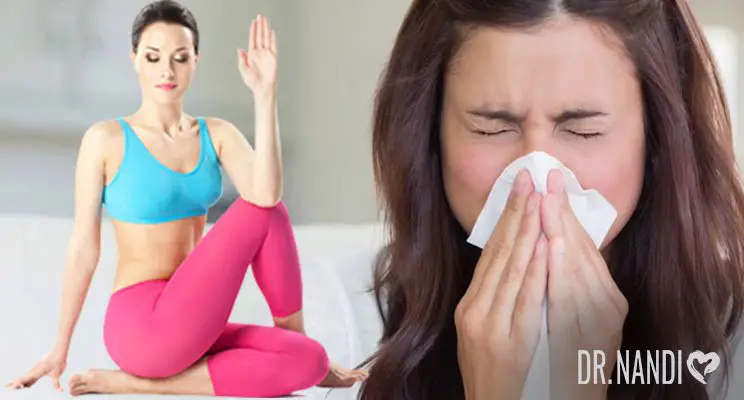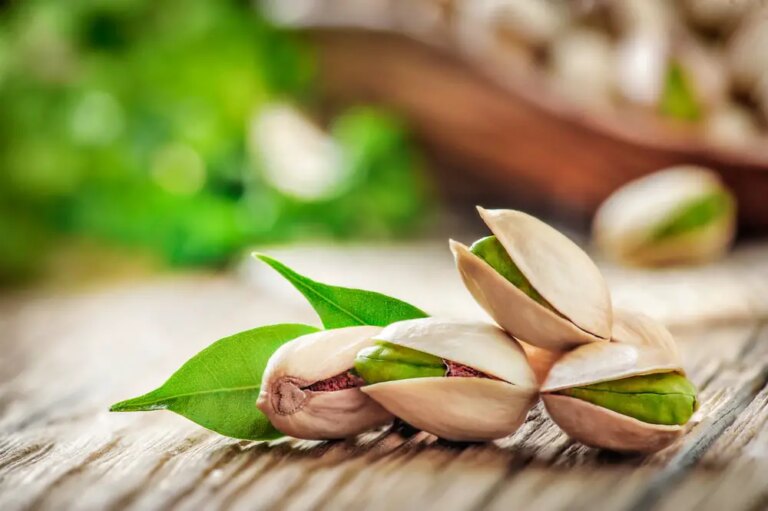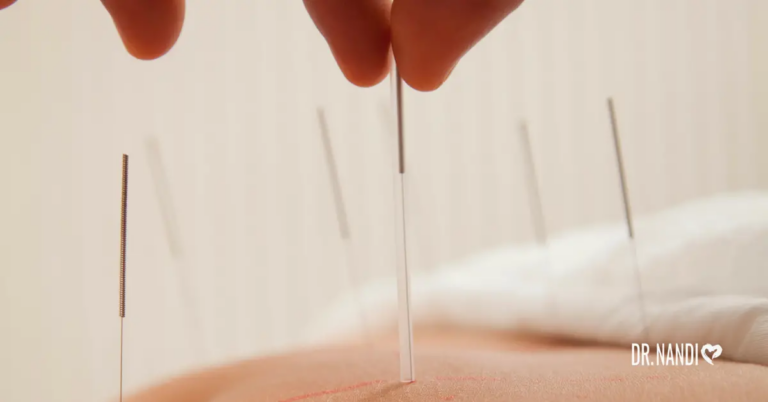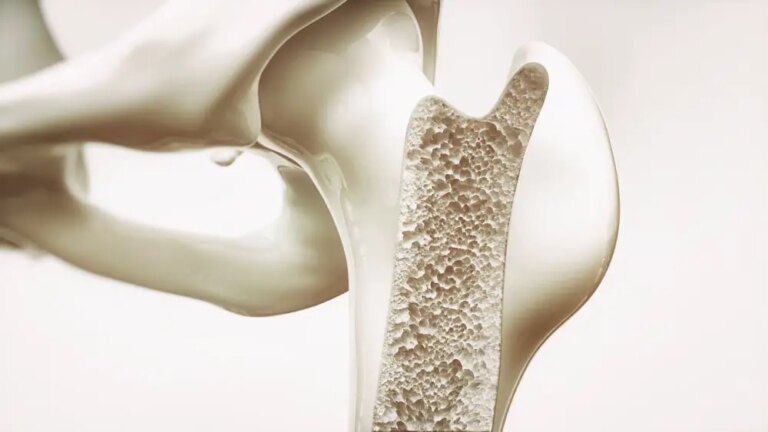Yoga has been found to help stimulate the four main physiological systems linked to the immune system. They are the circulatory, digestive, nervous, and endocrine systems. Poses that affect at least one of these four systems help bolster immune function. Researchers are studying how yoga affects the thymus which boosts immunity. They are also looking at yoga and its massaging effect on the lungs, heart and bronchial tubes.
Legs Up The Wall (Viparita Karani)
Many yoga instructors believe that this is an important pose to ground the nervous system. Viparita Karani will help boost immunity and keep stress levels low. The pose will help you feel a sense of calm and well-being. The pose makes your body pump oxygenated blood to your legs which helps to revive tired muscles. You may want to bend your knees at times and bring your seat away from the wall. This will allow your body to relax into the pose if you feel tight.
Cobra Pose (Bhujangasana)
The thymus is an organ located behind the chest bone and it is responsible for the growth of T-cells. They are the first response from your body to a cold or flu. The Cobra pose is thought to stimulate the thymus.
Press down through the tops of your feet. All the power of the backbend comes from your legs. Pull your chest forward and soften your shoulders down and back. Hold for 2-4 breaths as you continue to deepen into the backbend. This pose should help you feel more energy.
Bow Pose (Dhanurasana)
The bow pose puts pressure on the belly, making the digestive system stronger and healthier. The digestive system is full of lymphocytes, the small white blood cells that fight invaders, therefore strengthening it boosts your overall immunity.
Lie down on your belly, keeping your arms alongside your body. Tuck your chin toward your chest to lengthen your neck. Rest your forehead on the mat. Bend your knees and reach for your feet or your ankles. Slowly lift your head up off the floor, raising your chin and chest. Press your feet back into your hands, gently lifting your knees off the floor. In the full posture, the knees and the chest come up to the same height off the floor. Breathe slowly and deliberately into your belly. If your breath is short and choppy, you’re overstraining. After five to eight breaths, release the pose slowly. Rest on your belly, turning your head to either side. Repeat two more times.
 Hare Pose (Shashankasana)
Hare Pose (Shashankasana)
The Hare pose helps to relieve depression, insomnia and mental fatigue. It is known to refresh the brain and improve concentration and memory. In addition to boosting your immunity, it reduces emotional instability and anger and helps tone the pelvic muscles and relieves sciatic pain.
Sitting in the Vajrasana position have your hands on your knees and have your legs tucked beneath you. Inhale and stretch your arms above your head. Keep them shoulder-width apart. Exhale and bend your body from the waist. Place your forehead and palms on the floor. Hold the position for 3-5 seconds. Inhale and return to the previous position. Repeat 7-10 times.
Chair Pose (Utkatasana)
The Chair pose is like sitting on a chair, but only harder. This asana requires you to sit on an imaginary chair. You should try to stay in the pose for at least 30-60 seconds. It is highly suggested to be done in the mornings on an empty stomach. The Utkatasana increases your determination and balances your body. It stimulates your heart and massages the abdominal organs. Regularly practicing Utkatasana reduces your weight, increases your lung capacity, and energizes the entire body.





















